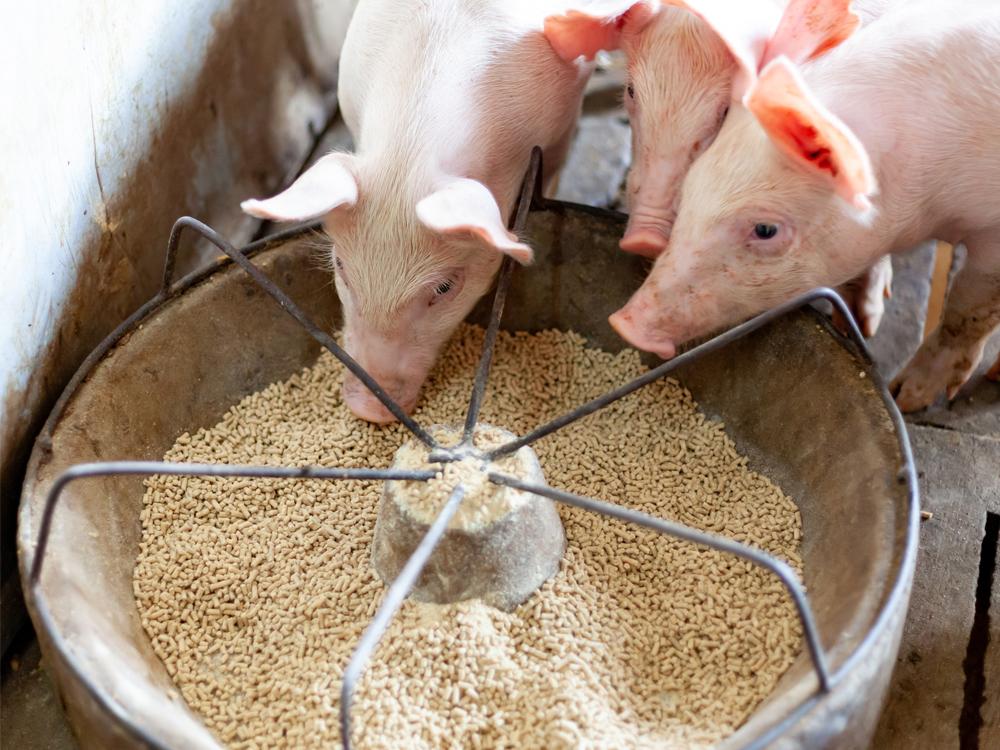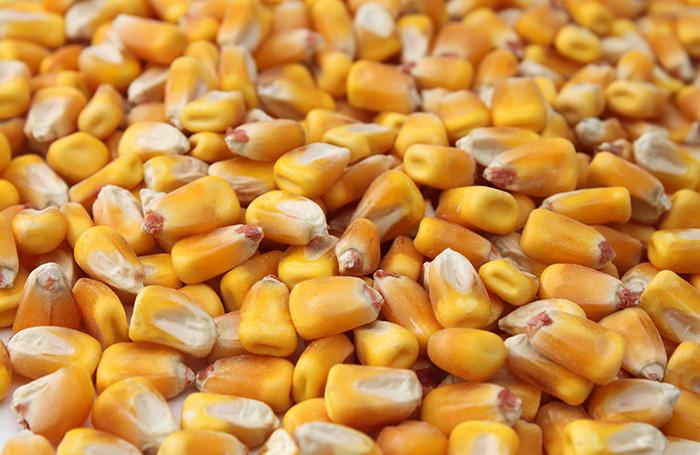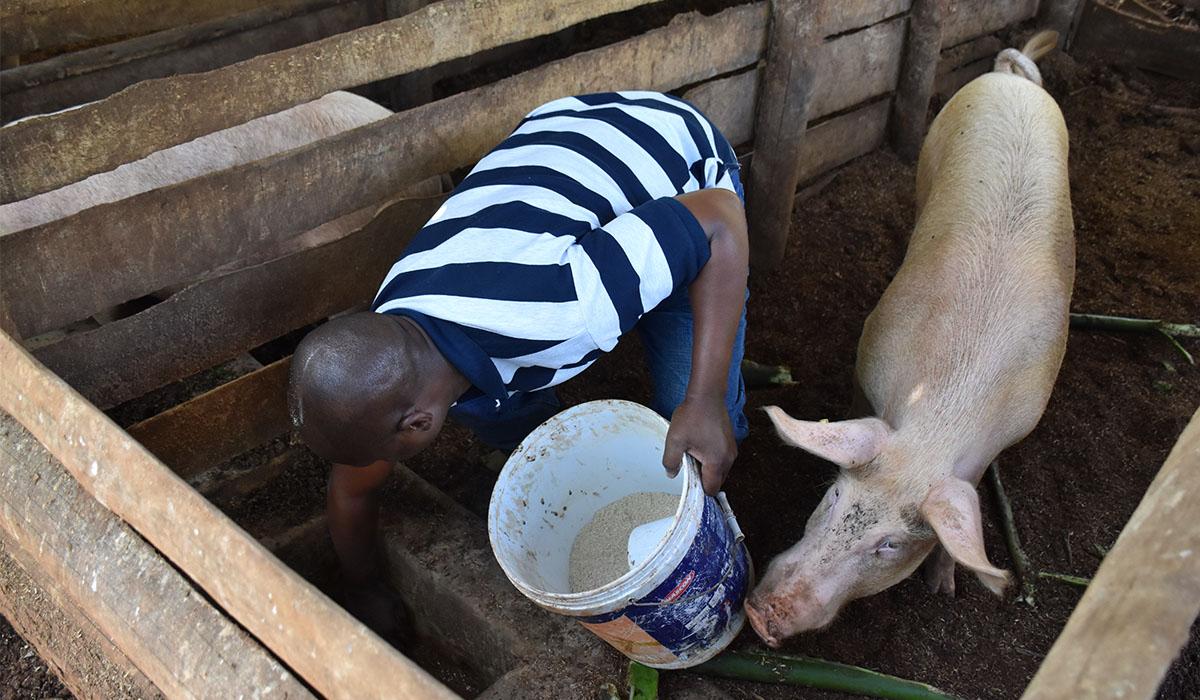The cost of feeding a pig to maturity in Nigeria is a cause of concern for many beginner pig farmers. Pig production in Nigeria has become a popular business venture due to its profitability and high demand in the market. Consequently, many people are venturing into piggery farming in Nigeria.
As a beginner in the pig business in Nigeria, one important aspect to consider is the cost of food for pigs in Nigeria. Specifically, the cost of feeding a pig to maturity in Nigeria. This is because you need to rear the pigs to maturity before you can use them for pork production.
Consider this a guide for pig farming for beginners. In this article, we will explore the factors that contribute to the cost of feeding a pig to maturity in Nigeria. We will not only discuss the monetary cost but will include the types of food for pigs, piglet food formation, and cost-saving strategies.
Piglet Feed Formation
Before we dive into the estimated cost of feeding a pig to maturity in Nigeria, let us discuss piglet food formation. This will enable you to understand what it entails to start a pig farm in Nigeria.
Piglet feed formulation is the process of creating a well-balanced feed specifically designed for the growth and development of piglets. It involves selecting the right combination of ingredients and formulating a recipe that meets the specific nutritional requirements of piglets.
The goal of piglet feed formulation is to provide food for pigs that supports healthy growth, and weight gain. This requires considering various factors such as the piglets’ age, weight, breed, desired growth rate, and the availability of feed ingredients. Understanding piglet food formation will eventually increase your pig farm profit.
Start by identifying the nutritional needs of piglets at different stages of their growth. Piglets have higher requirements for protein, energy, vitamins, and minerals compared to mature pigs due to their rapid growth and development. These nutrients are essential for bone development, muscle growth, and overall health.
Once the nutritional requirements are established, select a range of feed ingredients to meet these needs. Common ingredients in piglet feed include cereal grains (such as corn, wheat, and barley), and protein sources (like soybean meal or fish meal). Others include fats and oils, vitamins, minerals, and additives.
Carefully combine the selected ingredients in appropriate proportions to achieve the desired nutrient composition. The formulation process takes into account factors such as the nutrient content of each ingredient, digestibility, palatability, and cost.
Animal nutritionists and food for pigs formulation software can also assist. They consider the nutrient composition of ingredients, recommend nutrient ratios, and adjust the formulation based on specific requirements.
It is important to regularly monitor the growth and performance of piglets and make adjustments to the feed formulation. Factors such as the environment, health status, and market availability of feed ingredients may require periodic modifications to the formulation. This will ensure optimal nutrition and growth.
Remember to include the formation of food for pigs in your business plan for pig farming. By formulating feeds that meet the specific nutritional needs of piglets, you can promote healthy development and maximize your pig farm profit.
Types of Food for Pigs (Pig Feed)
- Commercial Feed: Commercial pig feed is readily available in the market and comes in different formulations such as grower feed and finisher feed. These food for pigs are specially formulated to meet the nutritional requirements of pigs at different stages of growth. They are convenient to use but may increase the overall cost of feeding a pig to maturity in Nigeria.
- Locally Sourced Feed Ingredients: Many pig farmers in Nigeria prefer to use locally sourced feed ingredients. This is because it reduces the cost of feeding a pig to maturity in Nigeria. These ingredients include maize, soybean meal, groundnut cake, wheat offal, cassava peels, and vegetable waste. However, it is important that these ingredients are properly processed and balanced to provide adequate nutrition.
Pig Feeding Techniques
- Ad Libitum Feeding: Ad libitum feeding involves providing pigs with constant access to feed. This will allow them to eat as much as they want. Note that this method may lead to higher feed consumption and faster weight gain. It can also lead to an increase in the cost of feeding a pig to maturity in Nigeria
- Restricted Feeding: Restricted feeding involves providing pigs with a fixed amount of feed per day. This is done by dividing food for pigs into multiple meals. This method helps control feed wastage and increase feed conversion efficiency. However, it requires careful monitoring to ensure that pigs receive adequate nutrition.
Cost of Feeding a Pig to Maturity in Nigeria
To accurately estimate the cost of feeding a pig to maturity in Nigeria, there are many factors to consider. Below are some of the factors:
- Feed Conversion Ratio (FCR): FCR is the measure of how efficiently pigs convert feed into weight gain. It is calculated by dividing the total amount of feed consumed by the weight gain. Lower FCR values indicate better feed efficiency and lower feed costs.
- Daily Feed Intake: The average daily feed intake of pigs varies depending on their age, breed, and environmental conditions. Monitoring and adjusting the feed intake according to the pig’s growth stage is essential to avoid overfeeding or underfeeding.
- Cost of Feed Ingredients: The cost of feed ingredients can vary depending on market fluctuations, availability, and location. Pig farmers should compare prices from different suppliers and consider bulk purchasing to reduce costs.
- Feed Wastage: Minimizing feed wastage is crucial to controlling costs. Proper feeding techniques, such as using feeders and avoiding spillage, can help reduce wastage significantly.
- Additional Supplements: Some pig farmers may choose to include additional supplements, such as vitamins or minerals, in the pig’s diet. While these supplements can enhance pig health and growth, they contribute to the overall cost of feeding.
When piglets are born, they have specific dietary needs that are met through their mother’s milk, which is rich in colostrum. Colostrum plays a vital role in providing essential nutrients and antibodies that contribute to the piglets’ early development and immune system strength. This early phase of nursing is crucial for the piglets’ overall health and well-being.
As piglets grow older, they need to start eating solid food instead of relying solely on their mother’s milk. This transition usually happens when they are about eight weeks old. During this time, they should be given a specific type of feed called Piglet or Weaner Mash. This feed is designed to provide them with the necessary nutrients for their early growth. Piglets typically continue eating this feed for around two months.
After piglets are weaned, which typically happens around ten weeks of age, they can transition to a feed called Pig Mash. This feed is specifically formulated to meet their nutritional needs as they continue to grow until they reach maturity. Pig Mash provides a balanced mix of energy, protein, vitamins, and minerals, which are crucial for their healthy growth and development.
Feeding 10 pigs from the time they stop drinking milk until they reach maturity, which spans around five months, comes with an estimated cost of about N150,000. It’s important to note that this cost can vary depending on factors such as the prevailing market prices of feed ingredients, the specific breed and size of the pigs, and the chosen feeding program.
Cost-Saving Strategies
- Efficient Feed Management: To save costs, it’s important to manage feed effectively. This involves accurately formulating rations, properly processing feed, and storing it in suitable conditions to prevent spoilage and infestation.
- On-Farm Feed Production: Building a small-scale feed production unit on the farm can be a cost-saving measure. Farmers can process and formulate their own feed using locally available ingredients, leading to long-term savings.
- Using Agricultural By-Products: Using agricultural by-products as pig feed can be cost-effective. Examples include rice bran, palm kernel cake, and wheat bran. However, it’s crucial to assess their nutritional value and suitability for pig diets.
- Group Purchasing: Collaborating with other pig farmers to purchase feed ingredients in bulk can result in significant cost reductions. By pooling resources, farmers can negotiate better prices and lower transportation costs.
- Waste Management and Recycling: Proper waste management practices like composting and recycling can convert agricultural waste into valuable feed ingredients. This reduces the need to purchase expensive commercial feed, saving money in the process.
Conclusion
Feeding pigs to maturity in Nigeria involves careful consideration of various factors, including nutritional needs, types of feed, feeding techniques, and cost-saving strategies. By understanding these aspects and implementing appropriate practices, pig farmers can optimize feed utilization, reduce costs, and ensure the healthy growth and development of their animals.
Remember, adapting to changing market conditions are vital for long-term success in pig farming. Feeding pigs to maturity in Nigeria can be less expensive if you follow the cost-saving strategies above. Check out the best breeds of pigs to rear in Nigeria.




